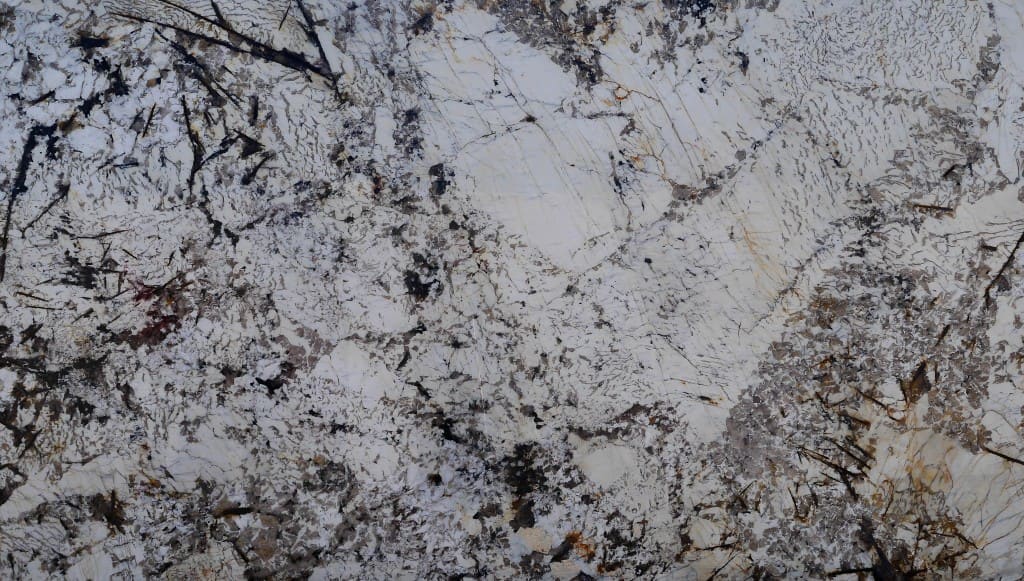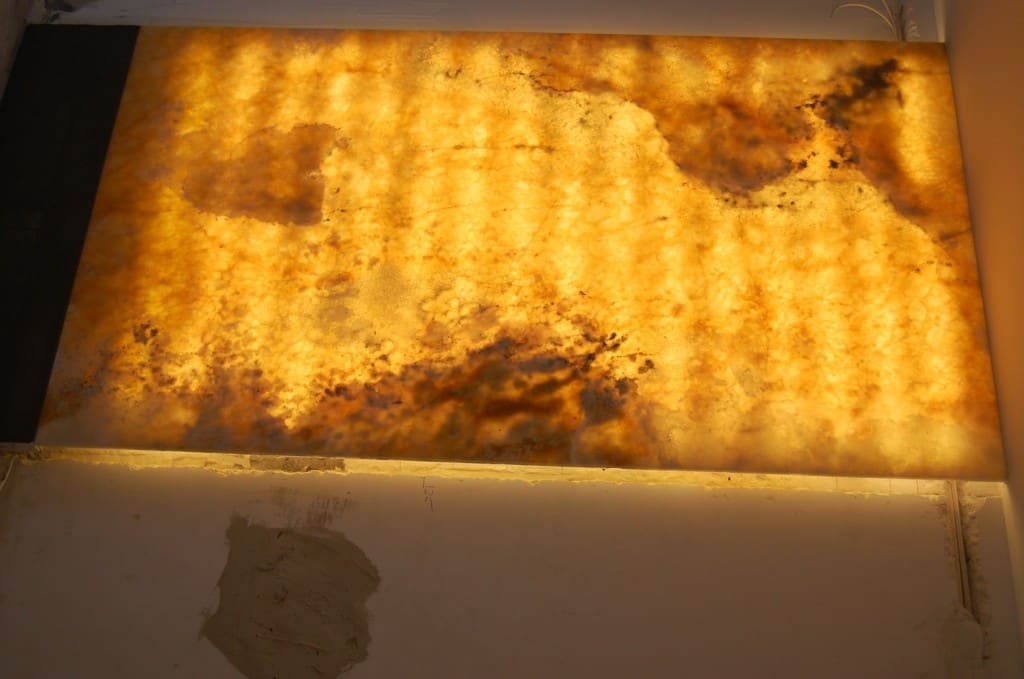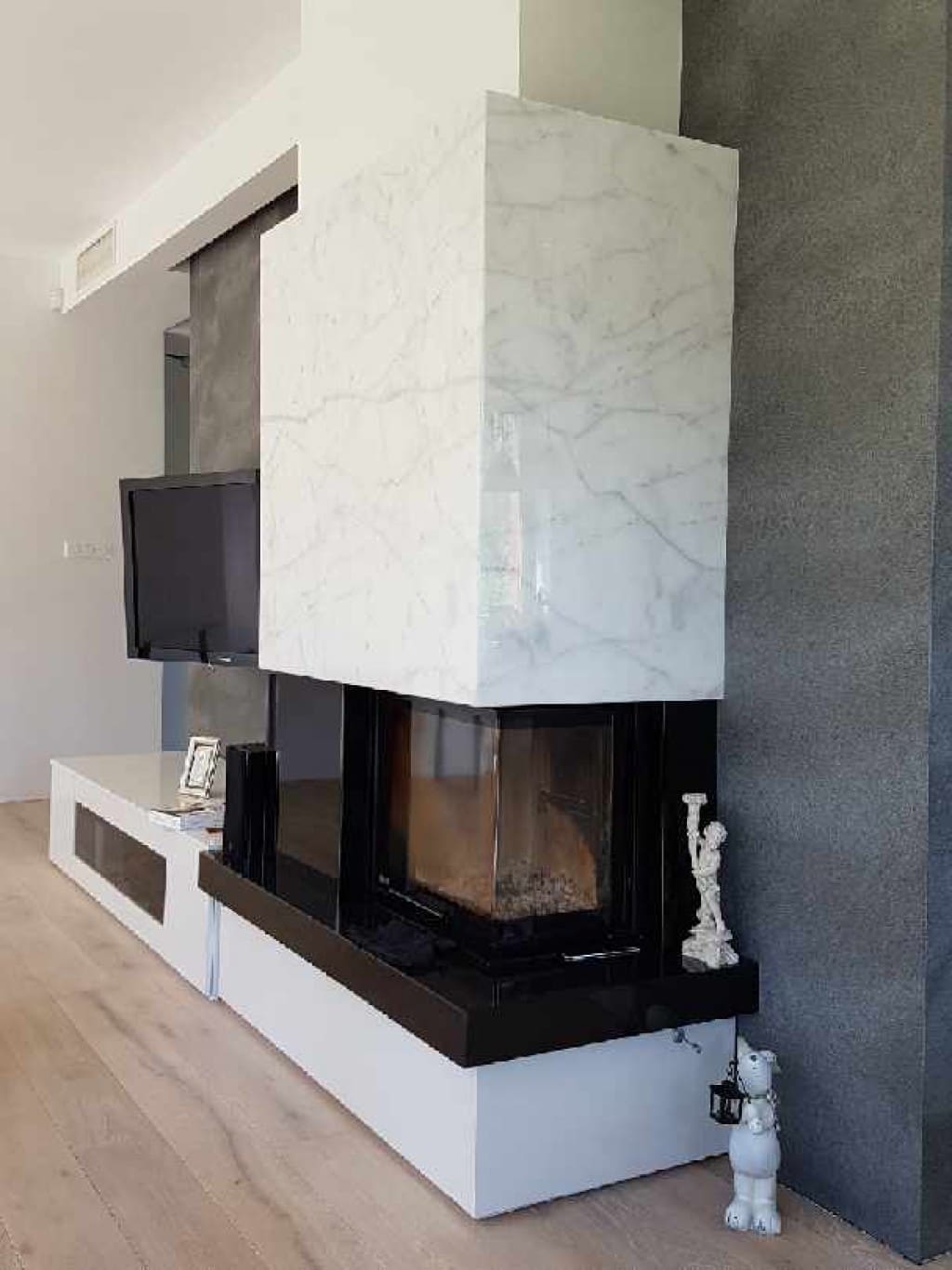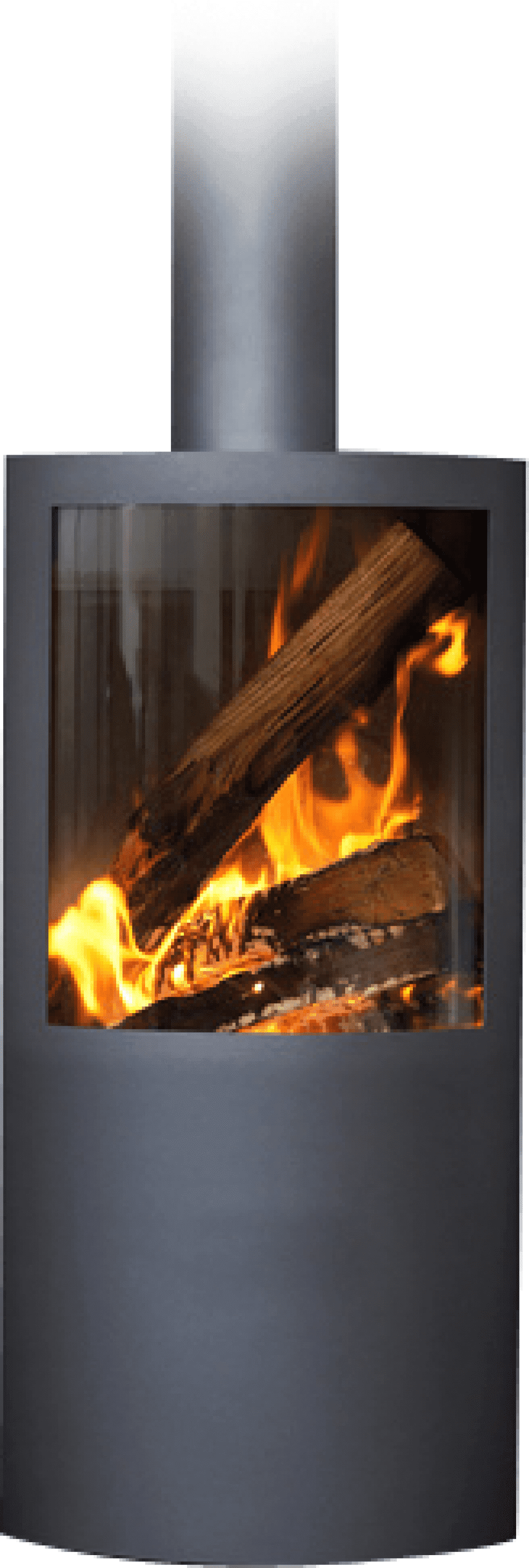Our Blog
Brazilian quartzite
We have Brazilian quartzite on offer, a hard material, which can be used for kitchen worktops, stairs etc. The photos do not illustrate a real beauty of this stone. You are kindly invited to visit our company, Fainner, where you can see a lot of new materials on offer. We really have something to boast about.

What distinguishes interior windowsills made of quartz conglomerate
Customers, who wish to buy a high-quality interior windowsills, should get interested in the products made of quartz conglomerate as these products are distinguished by unparalleled durability and by attractive appearance. What really matters is that the windowsills should come from renowned producers. Moreover, the following factors should be taken into consideration while selecting the right windowsill: what is the percentage of a natural material contained in a sill, proper adjustment of the width and the thickness of the sill, according to customer’s individual needs. Needless to say, making use of the latest technologies during the production process of conglomerate windowsills is of utmost importance.

Stone wall in the sitting room: travertine or onyx?
Which stone to choose from to decorate a wall in the sitting room, it is usually a long-discussed subject among household members. There are plenty of decorative stones available, of different price range and of distinct advantages and disadvantages. Travertine and onyx are two stones, which over the last few years, have gained in popularity and which have won a recognition of investors, who want to make the interiors of their sitting rooms unquestionably nicer, without having to bear exceptionally high costs. When choosing decorative elements for your home, it is important to make a deliberate decision so that they will not “clash” with each other.

Is it worth using travertine for interior staircases?
On the Polish, market there are a lot of materials which could be used for either the interior or exterior staircases. However, the object of desire for many an investor is stone, which guarantees durability and unique appearance. Most frequently the final investor’s decision to take is whether to choose granite, marble or travertine. The budget an investor can allocate remains a crucial point.

How to design interior stairs?
These investors, who ponder how their interior stairs should be designed to look perfect and to be functional, face a big dilemma. Before getting down to a project, you should be beware of common mistakes made during a design stage, which might negatively influence your perception of this investment.
What might be the consequences of wrongly designed interior stairs?
The basic consequence of badly designed stairs in detached houses is mainly the lack of expected comfort, and at the same time problems with everyday usage of your stairs.In extreme cases, poorly looking stairs have a negative influence on the whole interior. The lack of experience in designing stairs should encourage any investor to seek cooperation with a designer who has plenty of successful realisations in their portfolio. In such circumstances, the likelihood of any mistakes is almost zero.
.jpg.w,1024.705.jpg)
The dimensions ot kitchen worktops
A high quality worktop is an essential element of every kitchen interior. Its size can have an impact on the comfort of everyday use of a kitchen. Too small, a kitchen worktop makes it inconvenient to prepare meals, especially for those who find this activity especially enjoyable.
What dimensions should an ideal kitchen worktop have?
What dimensions should an ideal kitchen worktop have ?
A kitchen worktop and its dimensions
There are three parameters that we should consider when selecting a kitchen worktop: its width, length and thickness. It is commonly believed that an ideal kitchen worktop should be at least 60 centimetres wide. Smaller-sized one can impede cooking. It comes as no surprise that most kitchen appliances like a dishwasher or a gas cooker are of such width. If we enjoy preparing meals and if we do it very often, then sufficient space is very important. So, if we have such possibility, we should opt for the worktops wider than 60 centimetres.
The thickness of kitchen worktops
A kitchen worktop should also have the right thickness, which has to be on during the production process. Most frequently, it is 2 ,3 or 4 centimetres. When choosing a kitchen worktop and its thickness, we must also take into account the sink installation as in most cases it can be adjusted to the worktops, which are from 2,8 to 4 centimetres thick. Regardless of materials used, thicker worktops diverge from commonly used standards. One has to remember that the thicker a worktop is, the heavier it becomes, which can in turn entail the necessity of repairing kitchen furniture in future.

Marble firestones – a stylish finishing element of interior spaces
Currently, fashion is dominated by minimalism and aesthetic finishings. We tend to avoid opulence and crammed spaces. However, in spite of this trend, marble fireplaces, which look good in classic interiors, even those with rustic feel, have remained in fashion for many years. So, why is it worth choosing a marble fireplace?
A marble fireplace is a luxurious and an aesthetic decorative element for your home. It looks especially good in classic interiors in rustic style. However, more and more frequently, marble fireplaces are picked out for modern apartment blocks.
A marble firestone - what is it?
A marble fireplace is nothing more than a stylish fireplace surround made of natural stone, which will revamp every interior.
A marble fireplace as a stylish decorative element
A marble fireplace is a much desired element of any home decor. Customers choose marble because of its stylish and luxurious appearance.
Marble fireplaces ideally harmonise with the interiors decorated in classic style. Marble is a unique and a refined finishing component of any interior. It adds a warm and a cosy character to every home. The classic beauty and the elegance of a marble fireplace change the area, where it is located, into a real work of art.
Marble fireplaces add prestige and style to every space. Since Ancient Times, this metamorphic rock has been considered to be a precious material, used by construction engineers, sculptors and architects. It has been used by the most renowned, world-famous artists. No wonder, sculpted marble fireplaces enjoy a good reputation among the lovers of elegance and refined style. What is more, marble fireplaces are exceptionally durable and they come in a wide array of colours, which enable interior designers to select something suitable for any interior.
Marble fireplaces draw inspiration from the art of the Baroque style, which is characterised by lavishness and elegant ornamentation. Their sumptuous surrounds are an interesting break from minimalist trends.
When choosing marble fireplaces, we can be sure we acquire a product which combines both practical and visual values. A marble fireplace performs extremely well as the main decorative element of every living room, of every guest room or even of a bedroom.

A potbelly stove - what is it?
A potbelly stove is very simple to be installed as well as easy to be operated. What is more, it is a perfect solution for those who dream of having a fireplace at home but due to technical limitations, the installation of a traditional fireplace is not possible. Potbelly stove, which is in fact a free standing fireplace, is an interesting alternative to a room fireplace.
A potbelly stove - what is it and how much is it to operate it?
A potbelly stove - the key to a cheap heating, can be connected without the necessity to demolish a newly completed interior. It is a cheap, efficient and wood-burning source of heat. Wood, which is an ecological fuel, is easily available. Free standing stoves, like fireplaces, can add an exceptional character and charm to any interior. They are usually made of steel or cast-iron, which for the most part, has an influence on their final appearance. Steel potbelly stoves usually take a simple form, they are smaller and are characterised by poorer heating performance. Potbelly stoves made of cast-iron are elegant and stylish.




